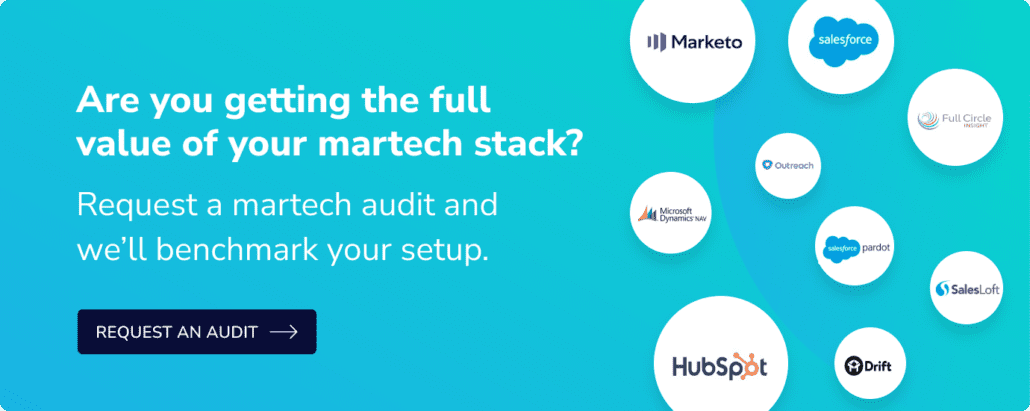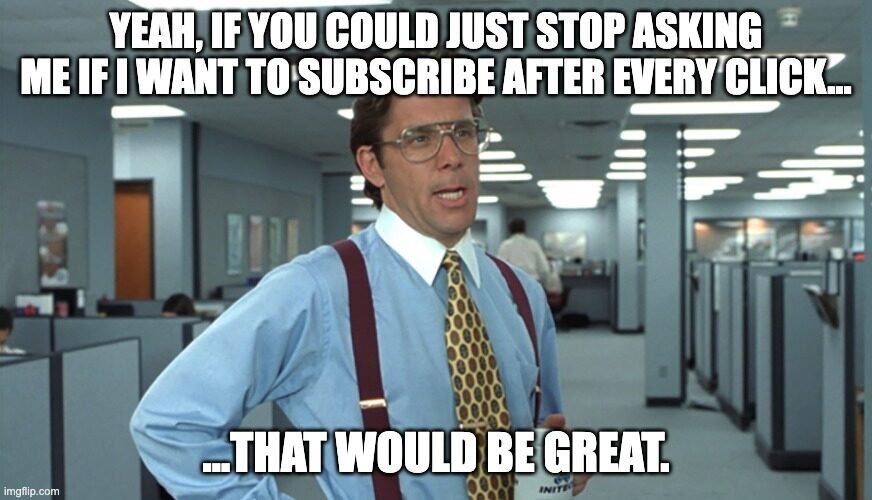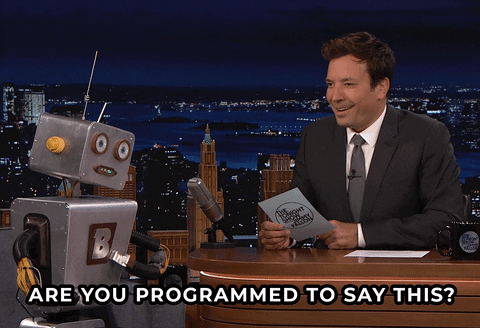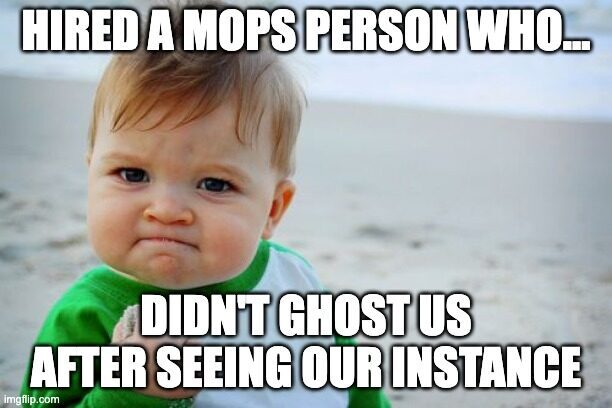Implementing high-impact B2B chatbots properly can save marketers time and help prospects find what they are looking for.
Missed part 1 of this series? Catch up on the first one before continuing!
In the first part of this series, I walked you through steps 1-3. In this post, I dive into the optimization actions, steps 4-7 below.
Step 4: Map the User Journeys Before Writing a Single. Line. Of Copy
A high-impact B2B chatbot is not a form in disguise. It’s an interactive experience. Before you open up your chatbot builder and start typing, take the time to map out your user paths. Think in terms of jobs to be done:
- Lead qualification — “Am I talking to someone who meets our ICP and is sales-ready?”
- Product education — “What does this person need to feel, before they are ready to take action?”
- Support triage — “Can AI answer common FAQs now or should it route to the right sales team member?”
Visualize the Paths
Flow out the paths and draw out each key steps, decision points, and possible outcomes. For example:
→ Visitor hits pricing page
→ Chatbot prompts question: “Looking for enterprise pricing or exploring?”
→ If “enterprise”: pre-qualify with 2–3 fields → push to live demo scheduler
→ If “exploring”: recommend product comparison guide or blog post
You should also define what data you want to capture at each step, such as:
- Job title
- Industry
- Company size
- Product interest
- Use case or intent
Don’t forget how this fits into your pipeline management and lead routing rules. Chatbots should complement your scoring model—not compete with it.
Step 5: Write Like a Human (Who’s Trying to Help)
No one wants to talk to a bot that sounds like it was built by a legal team. Your chatbot should sound helpful, friendly, and natural, while keeping things short and focused. Some copywriting tips:
- Write prompts in your brand voice, but make it conversational.
- Keep responses tight. Avoid paragraphs. Think: one idea per bubble.
- Make it easy to choose or type responses—don’t force unnecessary friction.
- Use light humor or a casual tone if your audience responds to it (but don’t force it).
- Set expectations. If the bot is limited, say that. If a human will follow up, say that.
Also, plan for failure. Not every conversation will follow the flow you wrote. What happens when someone types in a random question or hits a dead end? What’s your fallback?
Pro tip: don’t make the user ask three times before being routed to a real person. If it’s clear they’re stuck, offer help or escalate quickly. That’s good UX and a better experience overall.
Step 6: Break It (Before Leads Do)
Once you’re “done” building your bot, it’s testing time. And not the “click around for 10 minutes and call it a day” kind of testing. This step is critical for building a high-impact b2b chatbot. We’re talking:
- Trying every path and variation
- Typing in unexpected inputs (emoji, broken words, long sentences, symbols)
- Checking behavior on mobile, desktop, and different browsers
- Running full interactions from entry to CRM capture
Try to poke holes in your own logic. Get other team members to test it like a user would. Look for anything confusing, repetitive, or awkward. Then, once it’s live monitor it.
- Review transcripts.
- Track bounce/drop-off rates.
- Look at conversion-to-demo or MQL stats.
- Check for CRM sync errors or incomplete fields.
This is where you spot what’s working and what isn’t. Treat it like any other part of your funnel: Something you optimize regularly, not something you set up once and forget.
Step 7: Iterate Based on Test Data
After launch, your job isn’t done. The best-performing B2B chatbots are the ones that evolve. Use analytics to inform updates and refine flows. Ahem, or AI.
- Are specific prompt paths getting dropped early?
- Are people bouncing at the first question?
- Are your leads converting faster, or getting stuck?
- What are your high-value responses? Are they making it to sales?
Based on the data:
- Update prompt copy
- Adjust targeting logic
- Test new CTAs
- Re-score flows based on what actual conversions: Leads to> Meetings to> Opportunities
The goal isn’t just a chatbot that runs—it’s a high-impact B2B chatbot that converts and accelerates your funnel.
Final Thoughts: A Chatbot Is a Tool, Not a Strategy
At the end of the day, your chatbot should be a valuable extension of your broader marketing and sales systems, not a random widget living rent-free in your martech stack.
Done well, it supports:Done well, it supports:
- Sales enablement (by getting better leads to sales faster)
- Pipeline management (by qualifying and segmenting intelligently)
- Email deployment (by capturing better data to inform targeting)
- Growth hacking (by surfacing what messages and flows convert best)
Done poorly? It becomes another abandoned tool, ignored by users and avoided by your team.
So start simple. Build intentionally. Test constantly. And keep the user journey at the center of it all.




